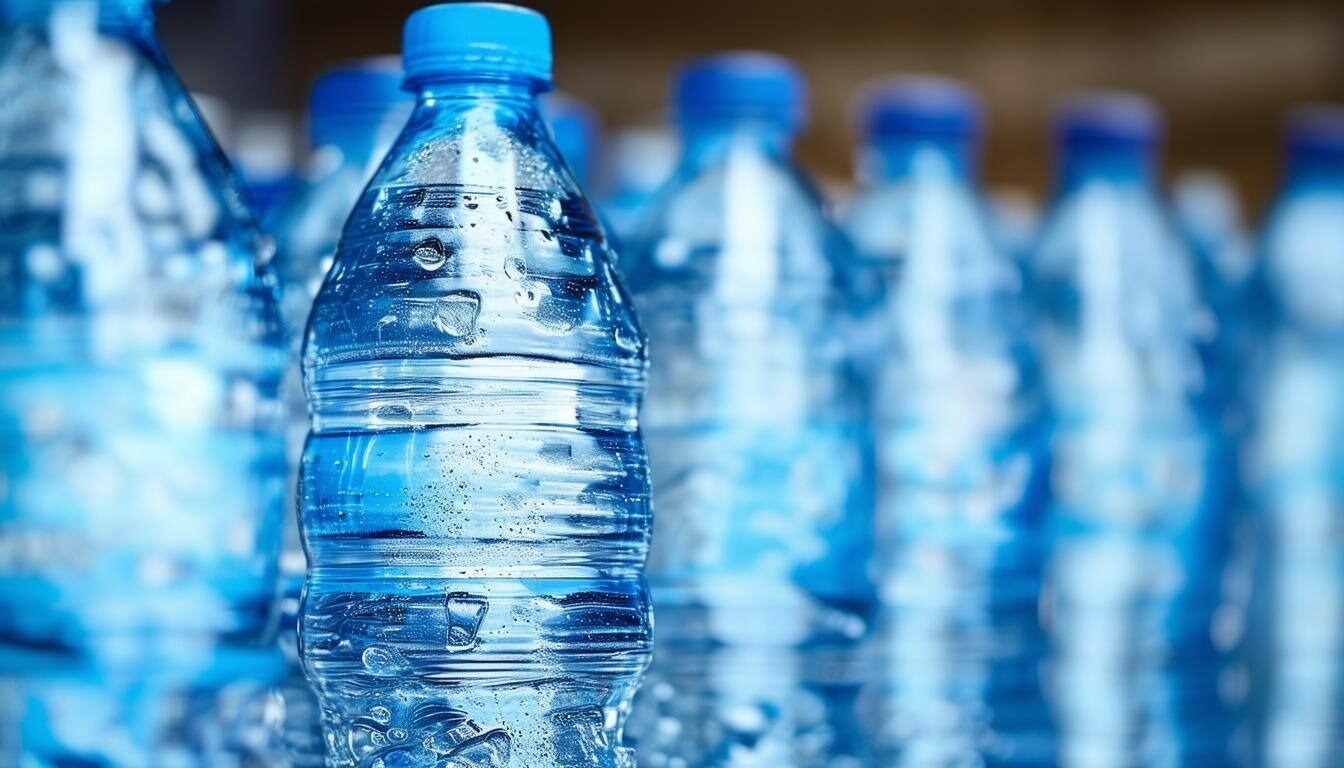The Food and Drug Administration (FDA) plays a crucial role in ensuring the safety and quality of bottled water in the United States. As a significant segment of the beverage market, bottled water must adhere to strict standards that govern its production, labeling, and distribution. These regulations are essential for protecting public health and maintaining consumer confidence in bottled water products.
Legal Framework and Definitions
The FDA's regulations for bottled water are primarily outlined in the Code of Federal Regulations (CFR), specifically Title 21. This segment of the CFR defines bottled water and sets forth the standards that manufacturers must follow. The term "bottled water" encompasses a variety of products, including:
- Spring Water: Water derived from an underground source, which flows naturally to the surface.
- Mineral Water: Water from a mineral spring that contains a specific concentration of dissolved minerals.
- Purified Water: Water that has been treated to remove impurities and contaminants.
- Sparkling Water: Water that contains carbon dioxide, which may occur naturally or be added artificially.
Quality Standards and Testing Requirements
The FDA mandates rigorous testing and quality control measures for bottled water products. Manufacturers must ensure that:
- Water is sourced from approved locations, which undergo regular inspections.
- All bottling facilities comply with Good Manufacturing Practices (GMP) to prevent contamination.
- Water is tested for microbial, chemical, and physical contaminants at various stages of production.
Specifically, bottled water must adhere to the same quality standards as public drinking water, which includes limits on contaminants such as:
- Microbiological organisms (e.g., E. coli, coliform bacteria)
- Chemicals (e.g., lead, nitrates, arsenic)
- Physical parameters (e.g., total dissolved solids, turbidity)
Labeling Requirements
Labeling is a critical aspect of bottled water regulations. The FDA requires that labels include specific information to ensure transparency and consumer awareness. Essential components of bottled water labels are:
- Source Information: The water source must be clearly identified, including whether it is spring water, mineral water, or purified water.
- Nutritional Information: A breakdown of the mineral content, if applicable, must be displayed.
- Expiration Date: Bottled water must have an expiration or best-by date to ensure freshness.
- Manufacturer Details: The name and address of the bottling company must be provided.
Regulatory Compliance and Inspections
Compliance with FDA regulations is enforced through regular inspections and audits of bottling facilities. The FDA conducts both routine inspections and investigations based on consumer complaints or reports of contamination. Facilities found to be non-compliant may face:
- Fines and penalties
- Mandatory recalls of affected products
- Suspension of production until issues are resolved
State Regulations and Their Impact
While the FDA sets federal standards for bottled water, individual states may impose additional regulations. It is crucial for bottled water manufacturers to be aware of and comply with state-specific laws. This may include:
- Additional testing requirements
- Labeling specifications unique to the state
- Licensing and permits for bottling operations
Understanding these state-specific regulations can help manufacturers avoid legal pitfalls and ensure broader market access.
Trends and Future Directions
The bottled water industry is evolving, influenced by consumer preferences and environmental concerns. Recent trends indicate a growing demand for eco-friendly packaging and sustainable sourcing practices. In response, manufacturers are exploring biodegradable materials and innovative recycling programs.
Moreover, regulatory bodies may increasingly focus on environmental impact, leading to stricter guidelines on plastic use and waste management. Staying ahead of these trends will be essential for companies aiming to maintain compliance and appeal to environmentally conscious consumers.
Conclusion
In conclusion, FDA bottled water regulations encompass a comprehensive framework designed to ensure the safety, quality, and transparency of bottled water products. Manufacturers must navigate a complex landscape of federal and state rules while responding to evolving consumer demands. By adhering to these regulations and embracing sustainable practices, companies can foster trust and contribute positively to public health and the environment.





.webp?width=1644&height=1254&name=Food%20Safety%20Dashboard%201%20(1).webp)
